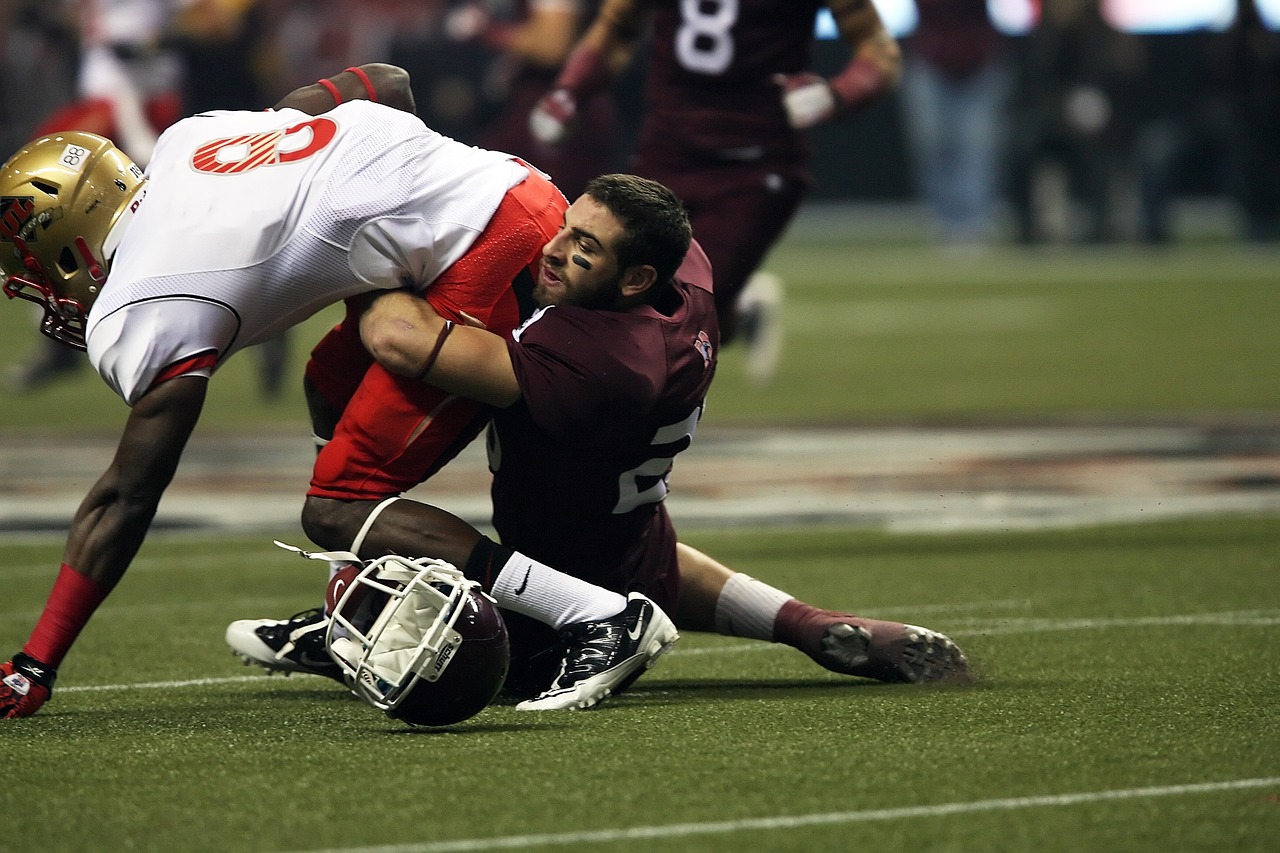American football is the most popular sport in the United States. In addition to the intense competition and exhilarating touchdowns that are associated with football, injuries such as concussions play a major role in the sport. Therefore, physicians are needed to diagnose these injuries. In urban areas, this doesn’t seem to be an issue because of a higher density of physicians. However in remote and rural areas, access to on-field physicians can be a challenge because of how far school football games are from hospitals and physicians.
As indicated by retired NFL players, concussions and repeated hits to the head can lead to permanent brain damage. Thus, physicians need to be able to diagnose brain injuries and remove players from the game as soon as they happen. According to Dr. Vargas of UT Southwestern Medical Center, this is the optimal way to prevent long-term damage. However, in rural parts of the country, more than half of public high schools do not have the staff to deal with potential concussions effectively. Consequently, this increases the risk that a concussed player stays in the game and suffers a more serious injury.
Image Source: Pete Saloutos
To solve this dilemma, a study from the Peter O’Donnell Jr. Brain Institute and Mayo Clinic showed that an outside physician could use a remote-controlled robot on the field to observe games and subsequently evaluate players for brain injuries using a camera on the robot. Remarkably, the researchers found that physicians who evaluated athletes through the robot diagnosed concussions at the same rate as physicians who were physically present at the game.
This type of technology, called teleconcussion equipment, doesn’t necessarily mean that on-field physicians will no longer be needed. Instead, it can supplement the low number of available physicians or be an effective alternative especially in high school sports where physicians aren’t always available. Dr. Vargas envisions an ideal situation where one physician can be on-call virtually for multiple schools that may be miles apart.
Player safety and long-term health are always the most important factor, regardless of what might be happening in the game. However, availability of physicians and locations of games are challenges to diagnosing injuries and starting treatment as soon as they occur. Thus, teleconcussion can provide an accessible bridge between a physician and multiple sporting events, regardless of location.
Feature Image Source: Keith JJ










